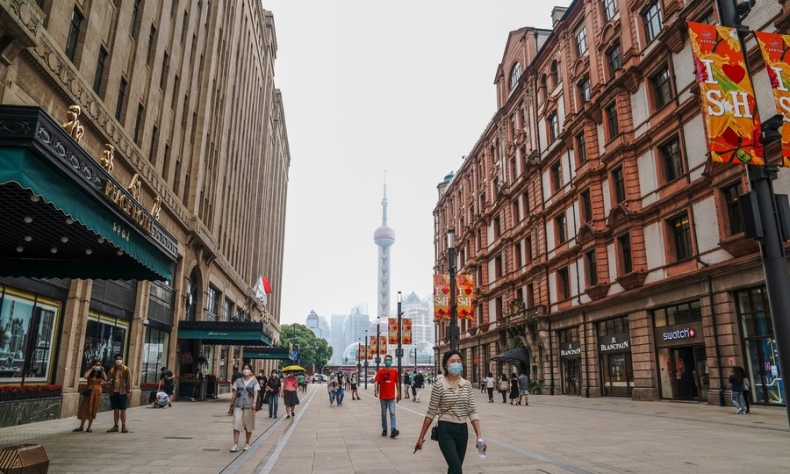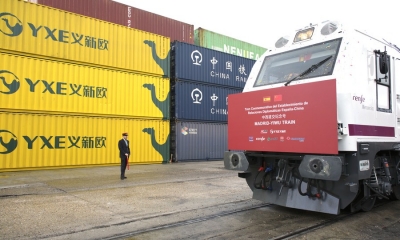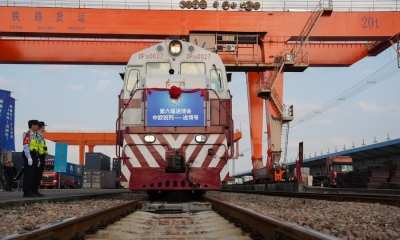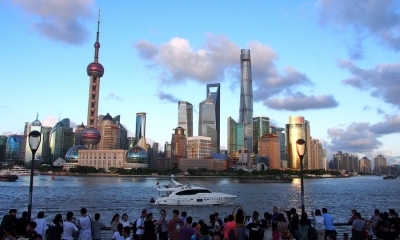Shanghai Is Getting Back on Track

While a slump is to be expected in the short-term, attention should be paid to the strength and speed of the rebound and how Shanghai and China as a whole return to a normal trajectory.
Shanghai is on track to gradually restore its production and daily life following an announcement by the city’s government that it has brought its recent wave of COVID-19 under control. The city’s public transportation services have resumed full operations, and commercial outlets, including shopping malls, supermarkets, convenience stores, and pharmacies, are also resuming offline business in an orderly manner.
There is a lot to be done. As the largest city in China, as well as the commercial and financial capital, a shutdown lasting approximately two months in Shanghai will naturally have implications for its economy, which requires policies and measures that focus on restarting key industries and businesses alike in order to immediately reinvigorate economic activity.
As a result, the Shanghai municipal government has announced a series of policies to immediately boost economic activity in the city and make up lost time. This includes a plan composed of 50 policies and measures, such as a delay in collection of social insurance fees for food service, retail, tourism, civil aviation, land, water, and rail transportation businesses; a delay in filing taxes for qualified individuals and companies; a six-month rent reduction for small businesses that rent from state-owned properties; and property and land tax waivers for businesses. Moreover, the proposals will also grant subsidies for non-resident users related to water, electricity, and natural gas fees.

In addition to relieving businesses’ various costs, the city also endeavors to ease the burden on individuals. For example, the city will offer a 30% subsidy for private-owned properties that reduce rent for tenants. In addition, per-head subsidies will also be offered to businesses that don’t lay off workers, and payments will also be given to businesses that employ recent graduates or the long-term unemployed in order to offset the inevitable rise in unemployment.
The city will also proceed in investing in a number of infrastructure projects. This is particularly critical in the restarting of key sectors such as construction, pledging to regenerate certain related areas. These policies will allow the economic fundamentals of the city to quickly reassert themselves and offset long-term damage. While a slump is to be expected in the short-term, attention should be paid to the strength and speed of the rebound and how Shanghai and China as a whole return to a normal trajectory.
Although now the world faces unprecedented economic challenges, China still has some advantages. In 2021, its GDP growth stood at 8.1%, while in the first quarter of 2022, it also registered a 4.8% year-on-year growth. The country’s target for growth for the year was set at 5.5%, which reminds us that the fundamentals of the economy are in a good position to rekindle themselves.
The lockdown in Shanghai was a tough decision to make, and the local population sacrificed a lot during such prolonged lockdown. Policies are being prepared to quickly hasten life back to normal and to give its locals reprieve. Now that China’s dynamic zero-COVID policy has been established as the way forward, the focus will be placed on preemptively snuffing out outbreaks as the accepted standard. As such, Shanghai will once again bounce back.
 Facebook
Facebook
 Twitter
Twitter
 Linkedin
Linkedin
 Google +
Google +







